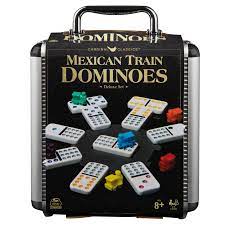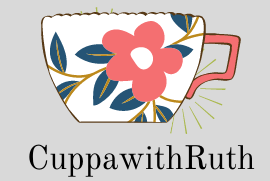I started making Friday mornings “games day” when my eldest were primary age and continued it through till the younger two were high school age. There are so many ways to use household objects and games to learn and reinforce mathematical concepts. The children loved this and always looked forward to the fun. For spatial and kinesthetic learners, it is really important to have hands-on activities.
A variety of resources are listed and discussed, below, I hope you can find some that will be useful in your home education life.
Yahtzee
This is a big favourite in our house. Our game came from my family, so it is from the 1970s. I remember playing it often with my mother and my brothers. It is available in most department stores.
The game consists of 5 dice that are thrown (over up to 3 throws per turn) and then used to make various combinations and scored accordingly. Each set or combination can only be used once though and to win you need to fill in all boxes of combinations. The coveted score is a ‘yahtzee’ when all 5 dice turn up the same number. Quite young children can understand and play the game. A brilliant, fun way to practice addition of small numbers.
Dominoes
Buy a double nines set, if possible. Pieces are laid down in the usual way, but we play one of three variations on a usual game.
- Domino addition: as each piece is laid down, the player adds the two numbers (on his/her domino) together and calls out the answer.
- Domino subtraction: as each piece is laid down, the player subtracts the smaller of the two numbers (on his/her domino) from the larger number and calls out the answer.
- Domino multiplication: as each piece is laid down, the player multiplies the two numbers on his/her domino and calls out the answer. A great way to practice the times table up to 9×9.
Mexican Trains
This is a domino-style game, where each player adds to their own train of dominoes to try and finish first. If at anytime they are unable to play a tile, they place a little train on the end and anyone can play on this train. Once a player is able to play again, the train is removed and only the player themselves can place dominoes again. It can easily be adapted using the variations listed above.
Rummikub
I picked up our game from a home-school fair, a few years ago. It has been quite a favourite. In this tile game you are making runs of numbers in the same colour (4 colours) or sets of the same numbers (1-13). The first to finish their board wins. This game requires knowledge of number order and the ability to move tiles around to make different groupings to help use up your tiles.
Multi-sided Dice
It is great to have a variety of multi-sided dice for various maths games. I bought ours from our local education shop. Along with plenty of 6-sided dice, we have 12-sided and some 10-sided (0-9). I have used them for practising multiplication tables and they can also be used for addition and multiplication.


